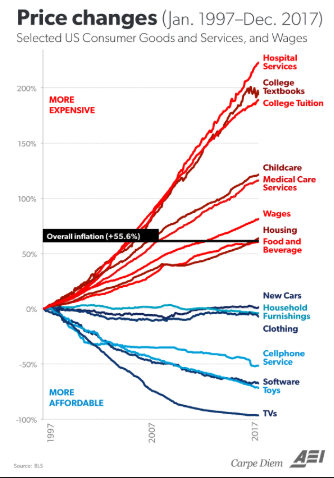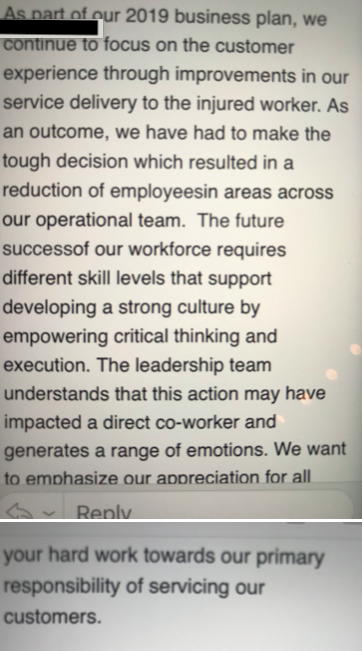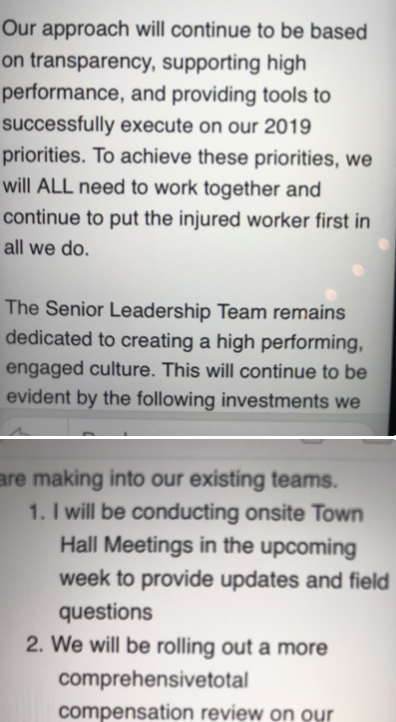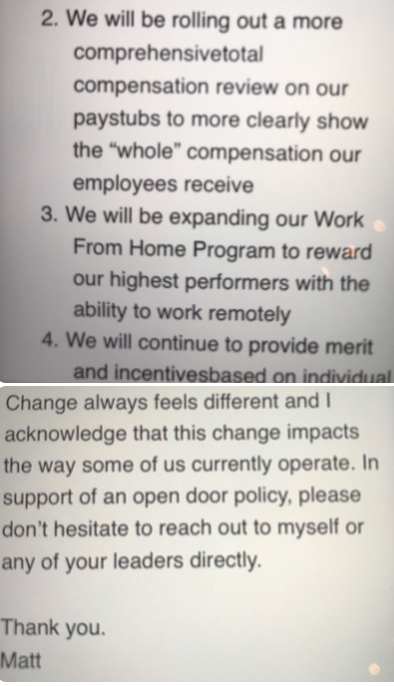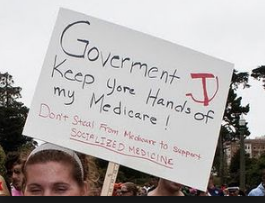I don’t see how BernieCare makes it to the serious consideration stage – much less becomes reality. Not because it isn’t a way better healthcare answer than the mess we have today. It just isn’t do-able.
When we do finally ditch the completely unsustainable, inefficient, and idiotic “healthcare system” we have today, I’m convinced it will have most of these components.
- This won’t be “Single Payer” as commonly defined, rather it will be a tightly managed, measured, and defined health insurance product administered by various governmental and non-governmental entities.
- Everyone will be enrolled.
- These will be both not-for-profit and for-profit entities competing in defined markets. Similar to Medicare Advantage, ACA Individual Exchange, Managed Medicaid and other current programs, these entities will bid for programs on a multi-year basis.
- Certain populations will be defined separately and bidders will have to demonstrate expertise and capabilities unique to each population. Medicare/Medicaid dual-eligibles will be the most significant of these defined populations.
- Winning bidders will have to comply with most of the current ACA requirements such as no medical underwriting, a standardized benefit plan, significantly reduced member cost-sharing, open access to providers.
- There will be one universal reimbursement mechanism – likely based on Medicare’s MS-DRGs for facilities and Physician Fee Schedule for other providers. This will be an “all payer, all product” fee schedule, meaning it covers all types of care – including auto, workers’ comp, liability, etc.
Potential variables
- This may take the form of Medicaid for All – albeit using a different name (the point made by Dr Jake Lazarovic in a previous post.) I don’t see using Medicare as the basis. Medicaid involves partial state funding – key to get states involved in funding the program. Medicaid also provides a relatively seamless program across all services including long term care, unlike Medicare which separates facility, physician, supplemental, and prescription services into distinct service lines – and doesn’t include long term care beyond relative brief rehab stays. To say these separate programs are confusing and irrational is to be kind indeed.
- Employers may be able to provide financial support for their workers, or decide to give their workers higher wages in lieu of a healthcare benefit plan.
However, it’s either this, or BernieCare. And BernieCare is death to insurers and many other stakeholders, while Single Payer 2.0 will be the best of the alternatives.
Next week – yes, this is affordable, and YES, the healthcare industry is going to go berserk.
What does this mean for you?
Massive changes are coming. Survival favors the prepared; extinction is the fate of the willfully ignorant and ideologically blind.


